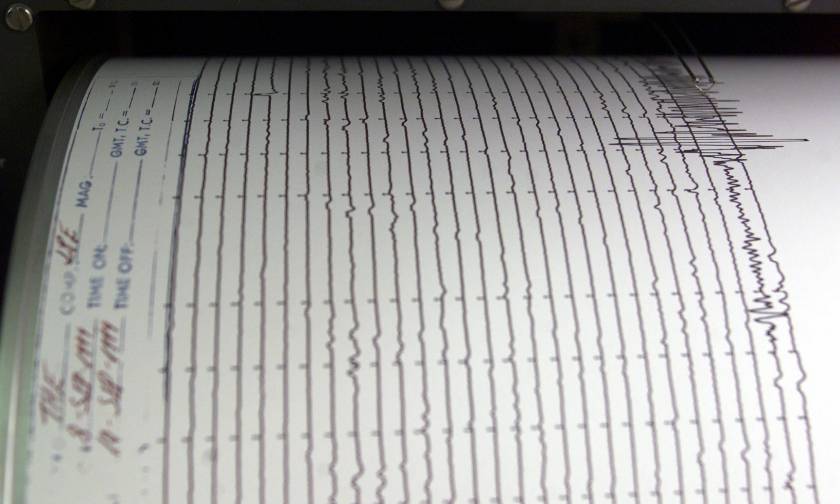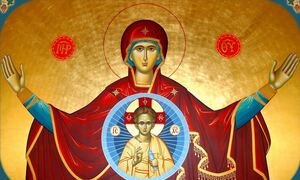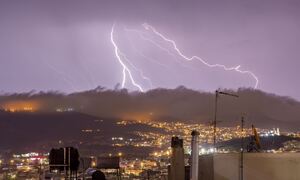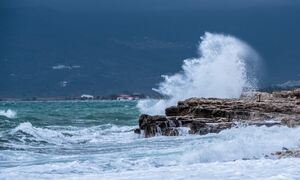Northern Aegean seabed conceals 19 active seismic faults, scientists says

The seabed of the Aegean between the islands of Skyros, Lesvos and Aghios Efstratios conceals 19 active seismic faults measuring over seven kilometres each, which can generate strong earthquakes from 6.1 to 7.4 Richter. Eight of them can also cause strong quakes over 7.0 on the Richter scale.
According to new research by a group Greek scientists led by professor of Geology at the National and Kapodistrian University of Athens (NKUA) Dimitris Papanikolaou, only three of the 19 faults were previously known and included in the list of earthquake fault lines. Seismologists believe that "the potential risk in the region has been underestimated," adding that "these faults can potentially cause strong, destructive earthquakes."
In their article published in the magazine "Marine Geology", the researchers noted that apart from the Aghios Efstratios fault that was activated in 1968 and generated a 7.1-Richter quake that killed 20 people, as well as three more faults where lighter tremors occurred in the last 30 years, the rest of the 19 faults might be activated and possibly cause quakes ranging from 6.1-7.3 Richter, though it was impossible to say whether this would occur some years or decades into the future.
The study completes earlier research of the seabed in the northern Aegean, between the Sporades islands' complex, Limnos and Halkidiki, which was conducted and published by the same team in the 2000s. "So now we have a complete picture of the tectonic structure and the seismic danger in the northern Aegean, where the northern boundary of the Aegean microplate is located, which is moving away from Macedonia and Thrace by 20-25mm per year," Assistant Professor of the Department of Geology at NKUA Paraskevi Nomikou stated to the Athens-Macedonian News Agency (ANA).
The scientific report is signed by the associate professor Ioannis Papanikolaou and the researchers of the Hellenic Centre for Marine Research Grigoris Roussakis and Matina Alexandri as well as NKUA candidate lecturer Danae Lambridou.
Source: amna-mpa













